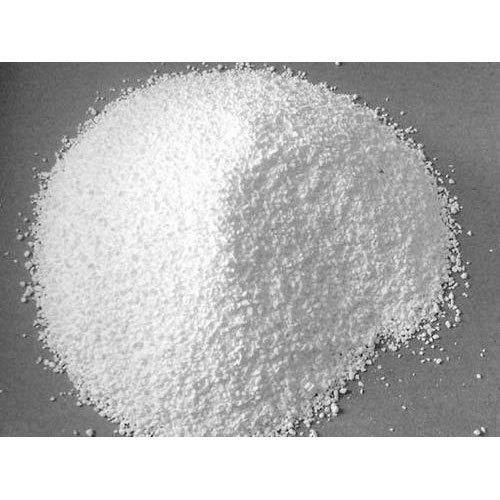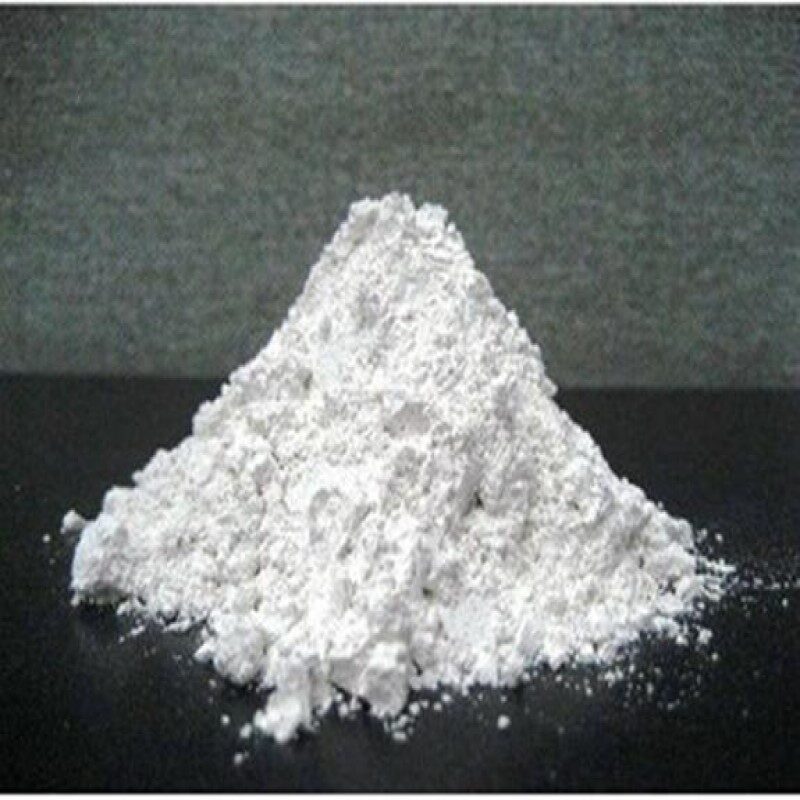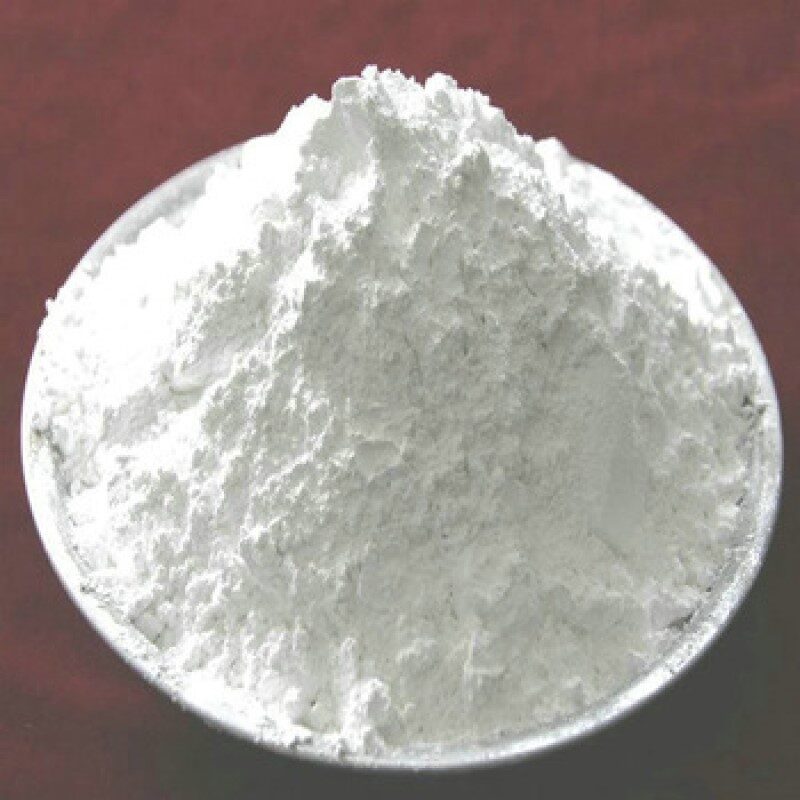Description
Remarks: The material complies as per above specification.
Uses: Adipic acid is a leavening agent in baked products. It is also used as an agent for flavoring, pH control, and neutralizing of other foods. It is used to make plastics and foams.
Packing: 25 kg HDPE Bags/HDPE Drum.
For AMIZARA SPECILITY CHEMICALS LLP
Adipic Acid FAQs
1. What are the primary applications of Adipic Acid supplied by Amizara Speciality Chemicals?
Amizara Speciality Chemicals’ Adipic Acid is widely used in polymer manufacturing, food additives, and pharmaceutical formulations due to its versatility and purity.
2. How does Amizara Speciality Chemicals ensure the quality of its Adipic Acid product?
Our Adipic Acid undergoes rigorous quality control measures, guaranteeing high purity levels and adherence to industry standards for consistent performance.
3. In what forms does Amizara Speciality Chemicals offer Adipic Acid?
We provide Adipic Acid in various grades and packaging options to suit different industrial requirements, ensuring convenience and flexibility for our customers.
4. What is the shelf life of Adipic Acid supplied by Amizara Speciality Chemicals?
Our Adipic Acid is packaged and stored under optimal conditions to maintain its stability and effectiveness, with a typical shelf life of [insert shelf life.
MSDS
Adipic Acid SDS, Safety Data Sheet MSDS, Material Safety Data Sheet
Section 1: PRODUCT IDENTIFICATION
| Product Name & Other Names |
Adipic Acid or Hexanedioic acid. |
| CAS Number |
124-04-9 |
| EINECS EC Number |
204-673-3 |
| Molecular Formula |
C6H10O4 |
| Molecular Weight |
146.14 |
| Relevant uses and uses advised against (if any) |
Industrial Manufacturing. |
| Supplier |
As per the letterhead. |
SECTION 2 : Hazards Identification
GHS, Globally Harmonized System Classification in accordance with 29 CFR 1910 Classification according to Regulation (EC) No 1272/2008
Serious eye damage (Category 1)
Labeling according GHS USA & Regulation (EC) No 1272/2008
Hazard statements
| H318 |
Causes serious eye damage. |
Precautionary statements:
| P261 |
Avoid breathing dust/fume/gas/mist/vapors/spray. |
| P262 |
Do not get in eyes, on skin, or on clothing. |
| P264 |
Wash skin thoroughly after handling. |
| P280 |
Wear protective gloves/protective clothing/eye protection/face protection. |
| P305+P351+P338 |
IF IN EYES: Rinse cautiously with water for several minutes.
Remove contact lenses, if present and easy to do. Continue rinsing. |
Classification according to European Directive 67/548/EEC as amended:
| Hazard symbol |
Xn Harmful |
| R-phrase |
R41 Risk of serious damage to eyes. |
Section 3: Composition / Information on Ingredients
| Product Identity |
Adipic Acid or Hexanedioic acid. |
| CAS Number |
124-04-9 |
| EINECS EC Number |
204-673-3 |
SECTION 4: First Aid Measures
Always seek medical attention after first aid measures are provided.
| Eye Contact |
Do not allow victim to rub eye (s). Let the eye (s) water naturally for a few minutes. If particle/dust does not dislodge, flush with lukewarm, gently flowing water for 5 minutes or until particle/dust is removed, while holding eyelid (s) open. If irritation persists, obtain medical attention. DO NOT attempt to manually remove
anything stuck to the eye. |
| Skin Contact |
Remove contaminated clothing, shoes and leather goods (e.g. watchbands, belts). Quickly and gently blot or brush away excess chemical. Wash gently and thoroughly with lukewarm gently flowing water and non-abrasive soap for 5 minutes. If irritation persists, repeat flushing. Obtain medical advice. Completely decontaminate clothing, shoes and leather goods before reuse or else discard. |
| INHALATION |
If symptoms are experienced, remove source of contamination or move victim to fresh air. Obtain medical advice. |
| INGESTION |
Never give anything by mouth if victim is rapidly losing consciousness or is unconscious or convulsing. Have victim rinse mouth thoroughly with water. DO
NOT INDUCE VOMITING. |
SECTION 5 :Fire Fighting Measures
| Fire and Explosion Hazards: |
Not considered flammable but may burn at high temperatures. Airborne dusts of this product in an enclosed space and in the presence of an ignition source may constitute an explosion hazard. |
| Extinguishing Media |
Use means of extinction appropriate for the surrounding fire conditions such as water spray, carbon dioxide, dry chemical, or foam. |
| Fire Fighting |
Apart from oxides of carbon. toxic fumes may result from combustion. As with any fire, fire fighters should be fully trained and wear full protective clothing including an approved, self-contained breathing apparatus which supplies a positive air pressure within a full-face piece mask. Use water spray to cool unopened
containers. |
SECTION 6: Accidental Release Measures
| Personal precautions, protective equipment and emergency procedures |
Avoid breathing dust/fumes/gas/mist/vapors/spray. Use individual protective equipment (waterproof boots, suitable protective clothing, safety glasses, etc.). Restrict unprotected personnel from the area. Prevent any contact with hot surfaces. Do not approach facing the wind. Do not touch the spilled material. Close-fitting safety goggles may be necessary in some circumstances to prevent eye contact. |
| Environmental precautions |
Do not let the product enter drains, soil or water sources. |
| Methods and materials used for containment Cleanup procedures and Storage |
Contain spilled material. Contain spill, isolate hazard area, and deny entry. Sweep up or vacuum. Place contaminated material in suitable, labeled containers for final disposal. Dispose of waste material consistent with the requirements of waste disposal
authorities. |
SECTION 7:Handling and Storage
| Precautions for safe handling |
Apply according to good manufacturing and industrial hygiene practices. Ensure proper ventilation. Wash thoroughly after handling. Do not drink, eat or smoke while handling. Avoid contact with skin, eyes and clothing. Minimize dust generation. Avoid breathing dust/fumes/gas/mist/vapors/spray. Avoid contact with eyes, skin, and clothing. Keep container tightly closed. Avoid ingestion and inhalation. Use individual protective equipment (waterproof boots, suitable protective clothing, safety glasses, etc.). Prevent any contact with hot surfaces. |
| Conditions for safe storage, including any incompatibilities |
Store in cool, dry and ventilated area away from heat sources and protected from sunlight in tightly closed original container. Keep air contact to a minimum. Do not leave the material container open. Store protected from heat, sparks and ignition sources and incompatible materials. Avoid contact with skin and eyes. Avoid inhalation of dust/mist/vapor. Do not store with incompatible materials like oxidizing agents, strong reducing agents and bases. Keep away from sources of ignition. Take measures to prevent the build-up of electrostatic charge. It is good practice to keep container closed when not in use.
May form combustible dust concentrations in air. Use care during processing to minimize generation of dust. Good housekeeping is important to prevent accumulations of dust.. |
SECTION 8: Exposure Controls/Personal Protection
| Protective Clothing |
The hazard potential is low. Where there is large scale use of this material and significant potential for worker contact, gloves and long-sleeved work clothes or disposable coveralls may be necessary. Eye protection should be worn where dust is generated and there is a potential that eye contact may occur. Ensure
that eyewash stations and safety showers are close to the workstation location. Do not breathe dust. |
| Ventilation |
Use adequate local or general ventilation where necessary to maintain the concentrations of dust well below the recommended occupational exposure limits for general Particulates, Not Otherwise Specified (PNOS).td> |
| Respirators |
Where dust or fumes are generated and cannot be controlled to within acceptable levels by engineering means, use appropriate NIOSH-approved respiratory protection equipment. |
| Exposure limit(s) |
Contains no substances with occupational exposure limit values in some countries. Better go by 5 mg/m3 TLV ACGIH. |
SECTION 9: Physical and Chemical Properties
| Appearance |
It is a white, odorless granules crystals or powder |
| Odor |
None |
| Odor threshold |
Not available. |
| pH |
2.5 to 4 |
| Relative density |
1.36 |
| Freezing/Melting Point/Range |
151C to 154C |
| Boiling Point |
Decomposes at 337C |
| Flash point |
Not available. |
| Auto-ignition temperature |
Not available |
| Decomposition temperature: |
Not available. |
| Upper/lower flammability or explosive limits |
Not available. |
| Vapor pressure |
Not available. |
| Vapor density: |
Not available. |
| Evaporation rate |
Not available. |
| Flammability (solid, gas) |
Not available. |
| Partition coefficient |
n-octanol/water: Not available. |
| Solubility in Water |
Soluble in water. |
| Viscosity |
Not available. |
| Molecular Formula |
C6H10O4 |
| Molecular Weight |
146.14 |
SECTION 10. Stability and Reactivity Data
| Stability and Reactivity |
Stable and not considered reactive under normal temperatures and pressures. Hazardous polymerization or runaway reactions will not occur. |
| Incompatibilities |
Oxidizing agents. Avoid excessive heat, spark, flame, ignition dust formation and electrical charging. Also avoid strong reducing agents and bases. Hazardous Decomposition Products: High temperature will generate carbon oxide and fumes. |
SECTION 11:Toxicological Information
Acute Toxicity
| LD50 Oral |
Rat – male and female – 5,560 mg/kg |
| LC0 Inhalation |
Rat – male and female – 4 h – > 7.7 mg/l |
| LD0 Dermal |
Rabbit – male and female – 7,940 mg/kg |
| Carcinogenicity |
IARC: No component of this product present at levels greater than or
equal to 0.1% is identified as probable, possible or confirmed human carcinogen by
IARC. |
| Reproductive toxicity |
Not Available. |
| Teratogenicity |
Not Available |
| Mutagenicity |
Not Available. |
SECTION 12. Ecological Information
Eco toxicological data
| Toxicity to fish |
static test LC0 – Brachydanio rerio (zebrafish) – >= 1,000 mg/l – 96 h.
Toxicity to daphnia and other aquatic invertebrates: Immobilization LC50 – Daphnia magna (Water flea) – 46 mg/l – 48 h. |
| Results of PBT and vPvB assessment |
This substance/mixture contains no components considered to be either persistent, bioaccumulative and toxic (PBT), or very persistent and very bioaccumulative (vPvB) at levels of 0.1% or higher.Mobility in soil: No information available. |
SECTION 13. Disposal Considerations
Do not wash the material down drain. Put uncontaminated material back into the process if possible. Place contaminated material in suitable, labeled containers for disposal. Dispose of waste material consistent with the requirements of waste disposal authorities.
SECTION 14. Transport Information
| DOT ADR/RID |
Not regulated for transport. |
| IATA |
Not regulated for transport. |
| IMDG |
Not regulated for transport. |
SECTION 15. Regulatory Information
USA Regulations
| SARA 311/312 Hazards |
Acute Health Hazard |
| SARA 313 Components |
Not listed |
| SARA 302 Components |
Not subject to the reporting requirements. |
| California Prop. 65 Components |
This product does not contain any chemicals known to State of California to cause cancer, birth defects, or any other reproductive harm. |
SECTION 16:ADDITIONAL INFORMATION
European Labeling in Accordance with EC Directives
| H318 |
Causes serious eye damage. |
Classification according to European Directive 67/548/EEC as amended
| Hazard symbol |
Xn Harmful |
| R-phrase |
R41 Risk of serious damage to eyes. |
Disclaimer:
Our company provides this MSDS sheet in good faith but makes no representation as to its comprehensiveness or accuracy. This SDS sheet is intended only as a guide to the appropriate precautionary handling of the material by a properly trained person using this product. The above information has been compiled from various sources and has the possibility of discrepancy and being out-dated information. Individuals receiving the information must exercise their independent judgment and do further search in determining its appropriateness for a particular purpose. In no case shall our company be liable to loss or damages by the product user.




